
IVISense Oncology Fluorescent Imaging Panel
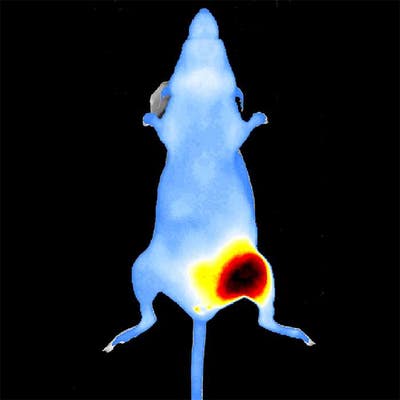
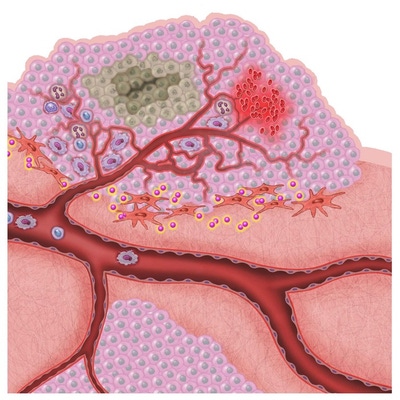
IVISense Oncology Fluorescent Imaging Panel
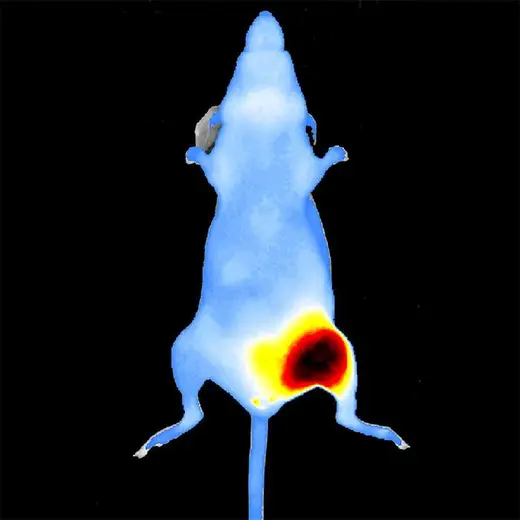
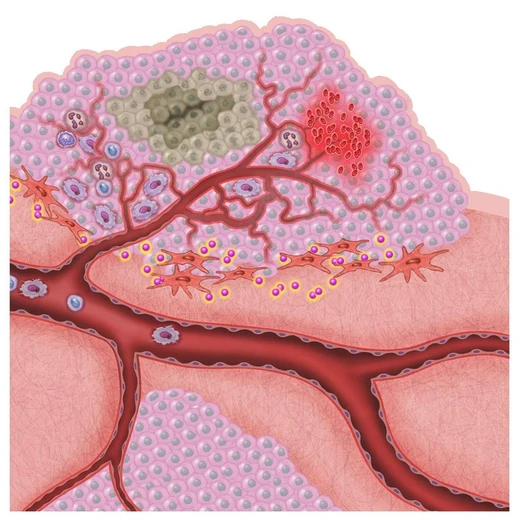


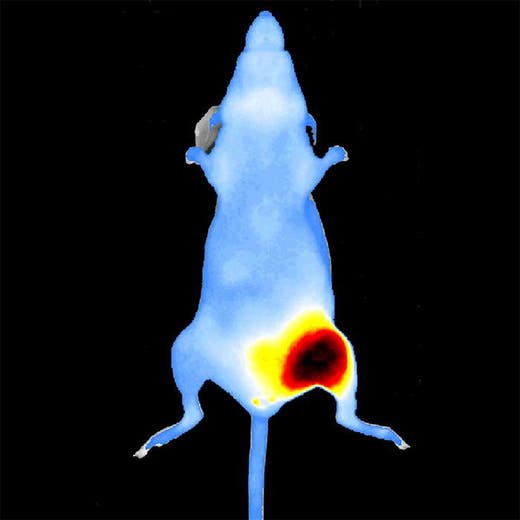
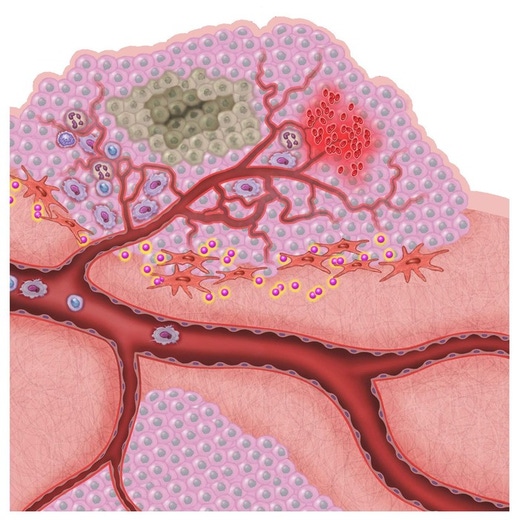


Maximize your in vivo imaging preclinical cancer research with our IVISense™ Oncology Fluorescent Imaging Panel.
The development of novel and safer cancer therapeutics that target specific molecular targets and broader disease-related processes is crucial to combating this disease. in vivo preclinical imaging systems along with fluorescent probes can help researchers understand complex biological processes related to cancer, validate potential molecular targets, and assess therapeutic response in a whole animal model, non-invasively, longitudinally, and in real-time.
Our IVISense Oncology fluorescent panel contains six carefully selected fluorescent probes that enable researchers to visualize and quantify various tumor-related biological processes to better understand the disease as well as aid in the development of new cancer therapies.
For research use only. Not for use in diagnostic procedures.
Maximize your in vivo imaging preclinical cancer research with our IVISense™ Oncology Fluorescent Imaging Panel.
The development of novel and safer cancer therapeutics that target specific molecular targets and broader disease-related processes is crucial to combating this disease. in vivo preclinical imaging systems along with fluorescent probes can help researchers understand complex biological processes related to cancer, validate potential molecular targets, and assess therapeutic response in a whole animal model, non-invasively, longitudinally, and in real-time.
Our IVISense Oncology fluorescent panel contains six carefully selected fluorescent probes that enable researchers to visualize and quantify various tumor-related biological processes to better understand the disease as well as aid in the development of new cancer therapies.
For research use only. Not for use in diagnostic procedures.




IVISense Oncology Fluorescent Imaging Panel




IVISense Oncology Fluorescent Imaging Panel




Product information
Overview
Cancer involves the spontaneous emergence of cells that lose their ability regulate their cell growth and proliferation. However, the biology of cancer is much more complex than just the presence of tumor cells, involving a tumor microenvironment comprised of neovasculature, stromal cells, and inflammatory cells, as well as regions of hypoxia, necrosis, and vascular leak. Our fluorescent imaging probes provide a variety of tools for quantifying key receptors or proteins associated with tumor burden, metabolism, inflammation, protease activity and vascular leak.
The availability of probes at 680 nm and 750 nm wavelengths further offer the opportunity for multiplex imaging of appropriate probe combinations to maximize information gained from research animals.
Additional product information
The IVISense Oncology Fluorescent Imaging Panel includes the following five probes:
| Part Number | Fluorescent Probe | Biological Target |
|---|---|---|
| NEV10001EX | IVISense Pan Cathepsin 750 FAST (ProSense 750EX) | Pan-cathepsin activatable probe: Lysosomal marker of a variety of inflammatory cells |
| NEV10040 | IVISense Folate Receptor 680 (FolateRSense 680) | Folate receptor targeted probe: Marker on inflammatory cells; metabolic marker on tumor cells |
| NEV10054EX | IVISense Vascular 680 (AngioSense 680EX) | Vascular probe: Leaks into sites of neovascular formation |
| NEV10168 | IVISense MMP 750 FAST (MMPSense 750 FAST) | Pan-MMP activatable probe: Secreted protease from inflammatory cells and tumor cells |
| NEV10873 | IVISense Integrin Receptor 750 (IntegriSense 750) | αVβ3 integrin targeted probe: Marker on activated tumors and neovasculature |
Specifications
| Brand |
IVISense
|
|---|---|
| Imaging Modality |
Fluorescence
|
| Shipping Conditions |
Shipped in Blue Ice
|
| Storage Conditions |
+2 to +8 °C
|
| Therapeutic Area |
Oncology
|
| Unit Size |
1 kit containing 5 vials
|
Resources
Are you looking for resources, click on the resource type to explore further.
Fluorescence molecular imaging is the visualization of cellular and biological function in vivo to gain deeper insights into...
Researchers trust our in vivo imaging solutions to give them reliable, calibrated data that reveals pathway characterization and...
The goal of in vivo fluorescence molecular imaging is to enable non-invasive visualization and quantification of cellular and...


How can we help you?
We are here to answer your questions.






























